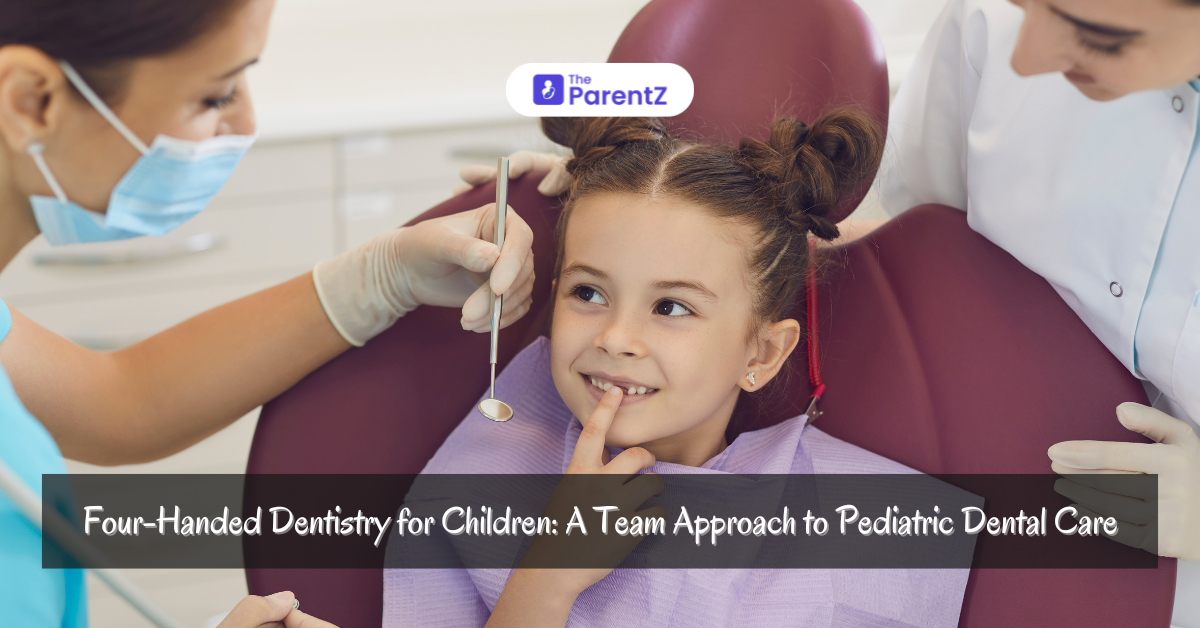Pediatric dental care requires a unique approach, given the special needs and apprehensions of young patients. One highly effective method in this regard is *four-handed dentistry*. This technique involves the dentist and an assistant working in perfect harmony to provide efficient and effective treatment. Especially when dealing with children, who may be anxious or fidgety, four-handed dentistry ensures a smooth, swift, and stress-free experience for both the patient and the dental team.
What is Four-Handed Dentistry?
Four-handed dentistry is a collaborative practice where the dentist and the dental assistant work closely together to perform dental procedures. The concept is derived from the idea that with four hands (two from the dentist and two from the assistant), tasks can be completed more efficiently. This method is particularly beneficial in pediatric dentistry, where managing a child's comfort and behavior is crucial.
Key Elements of Four-Handed Dentistry for Children
1. Enhanced Efficiency
- The dentist can focus solely on the patient, while the assistant handles instruments, suction, and other tasks. This coordination reduces treatment time, keeping children engaged and less likely to become restless.
2. Improved Infection Control
- By minimizing the need to reach for instruments or move around, there is less chance of contaminating the treatment area, which is vital when treating children who are more susceptible to infections.
3. Increased Comfort for the Patient
- The swift execution of procedures minimizes discomfort. Children are less likely to feel pain or anxiety if they don’t have to sit through prolonged treatments.
4. Behavioral Management
- With the assistant managing non-clinical tasks, the dentist can maintain eye contact and communicate directly with the child, helping to calm nerves and build trust.
5. Safety and Precision
- The assistant can monitor the child’s reactions, adjusting the environment (like suction levels) in real-time, ensuring safety. This allows the dentist to work with precision without interruptions.
Figures and Facts
- Time Reduction: Four-handed dentistry can reduce treatment time by up to 50%, which is particularly beneficial when working with children.
- Behavioral Studies: Research shows that children treated with this method exhibit less anxiety and are more cooperative during dental visits.
- Infection Control: The risk of cross-contamination is significantly lowered, reducing the incidence of postoperative complications.
Conclusion
Four-handed dentistry is not just a technique but an art of teamwork that significantly enhances pediatric dental care. By allowing the dentist to focus on the child while the assistant manages auxiliary tasks, this approach improves efficiency, reduces stress, and ensures a safer and more comfortable experience for young patients. For any dental practice focused on pediatric care, adopting four-handed dentistry is a step towards providing superior, patient-centered care.








Be the first one to comment on this story.